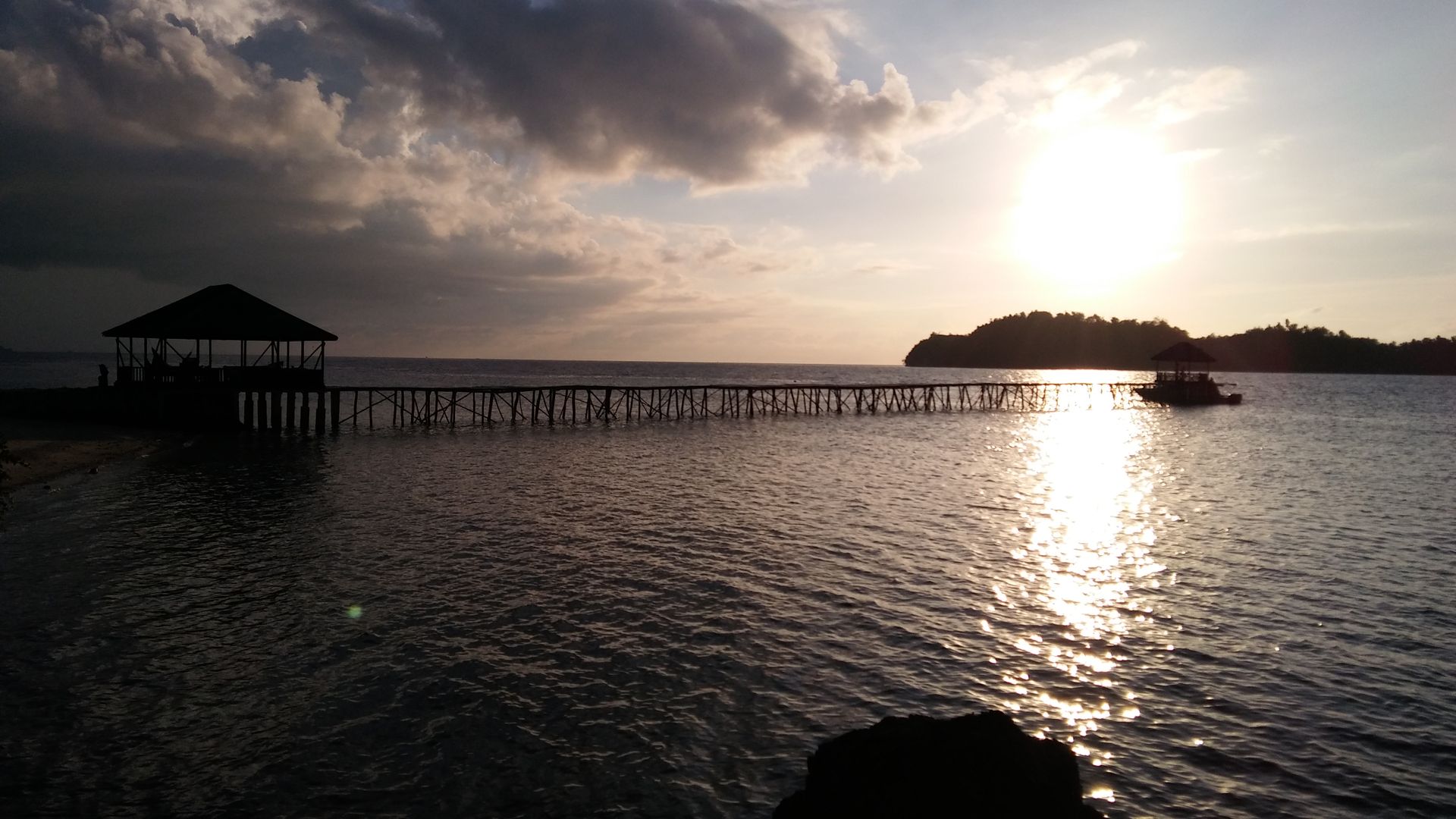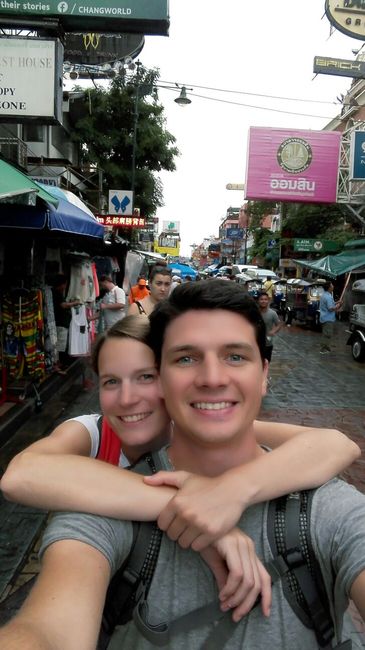Cusco & Machu Picchu
Опубліковано: 13.09.2022
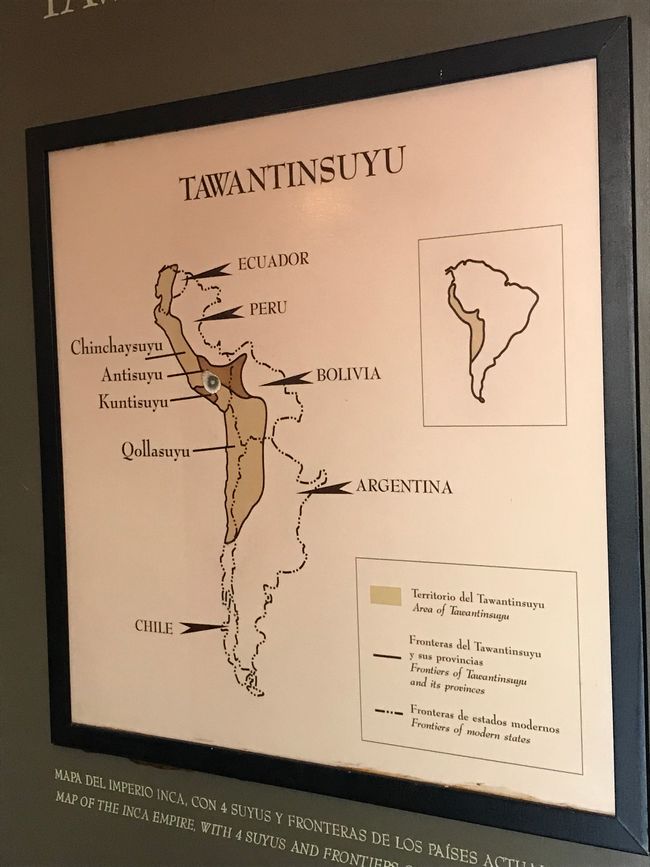
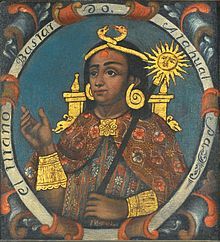
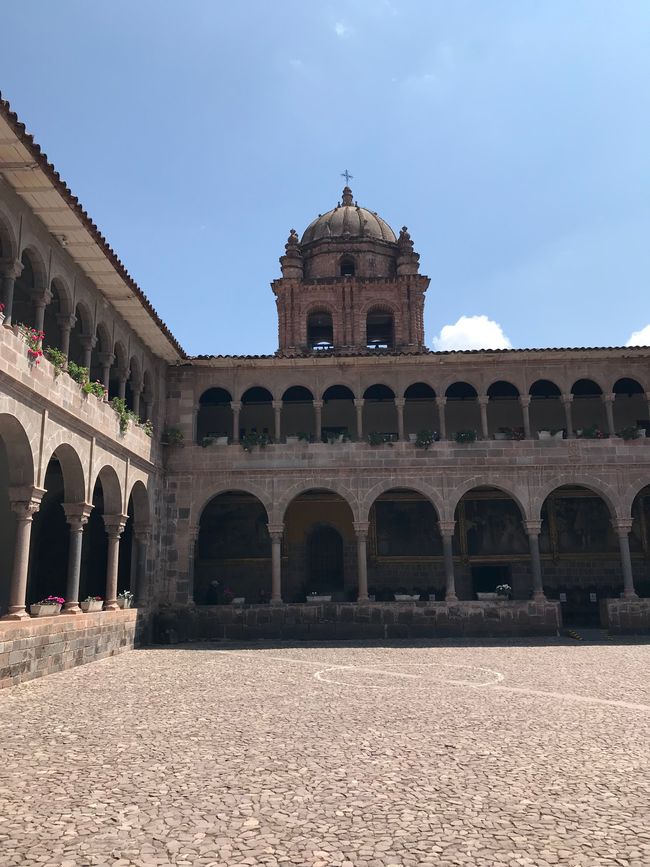
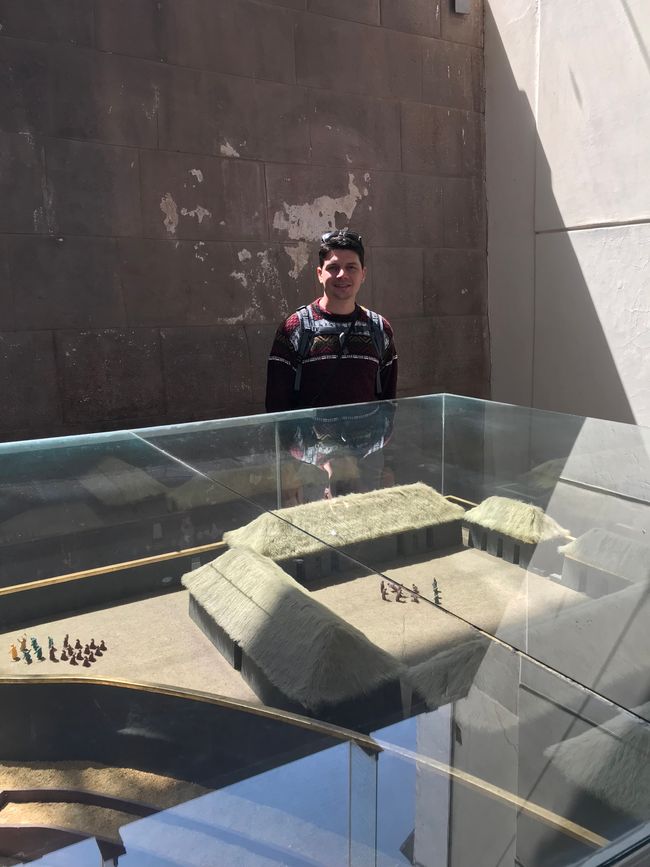
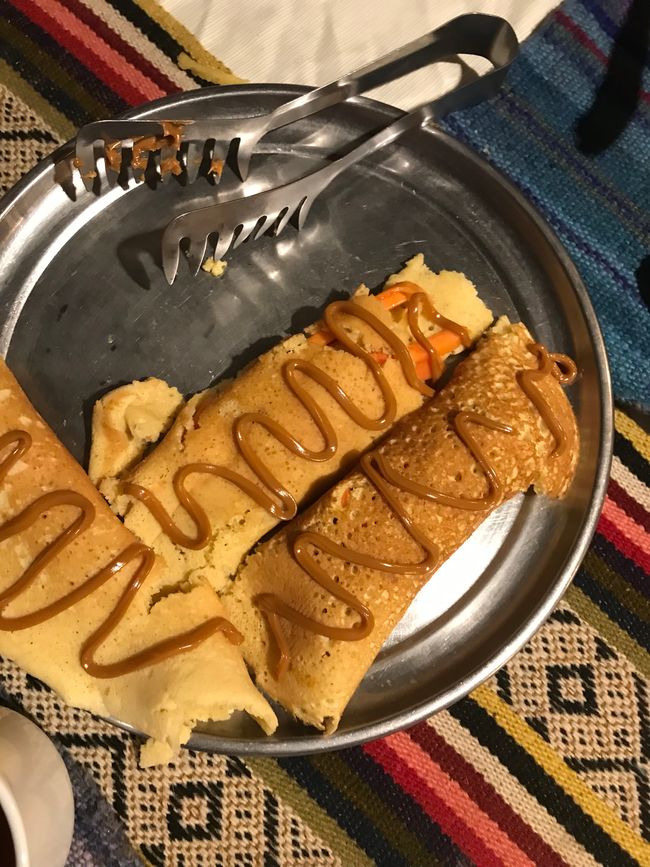
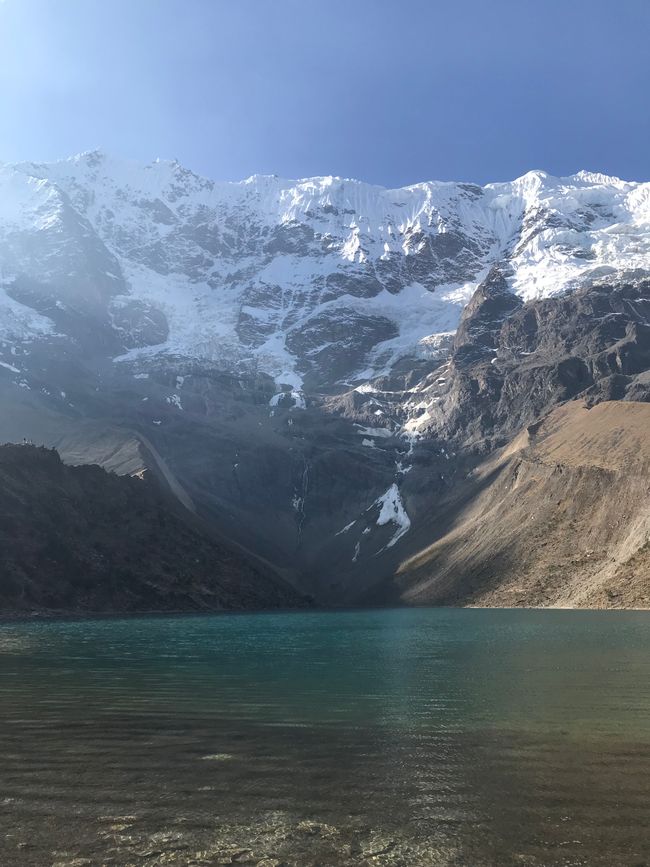
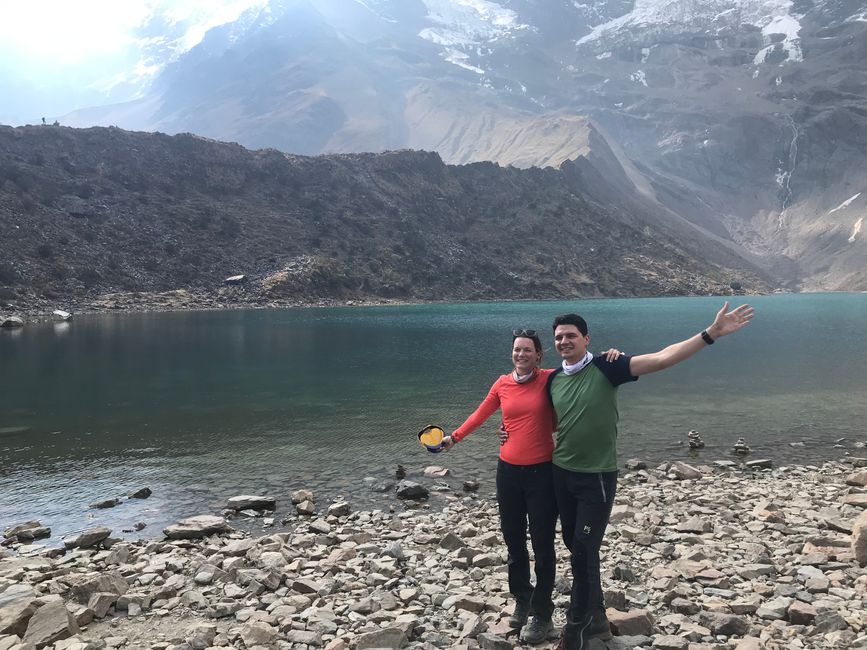
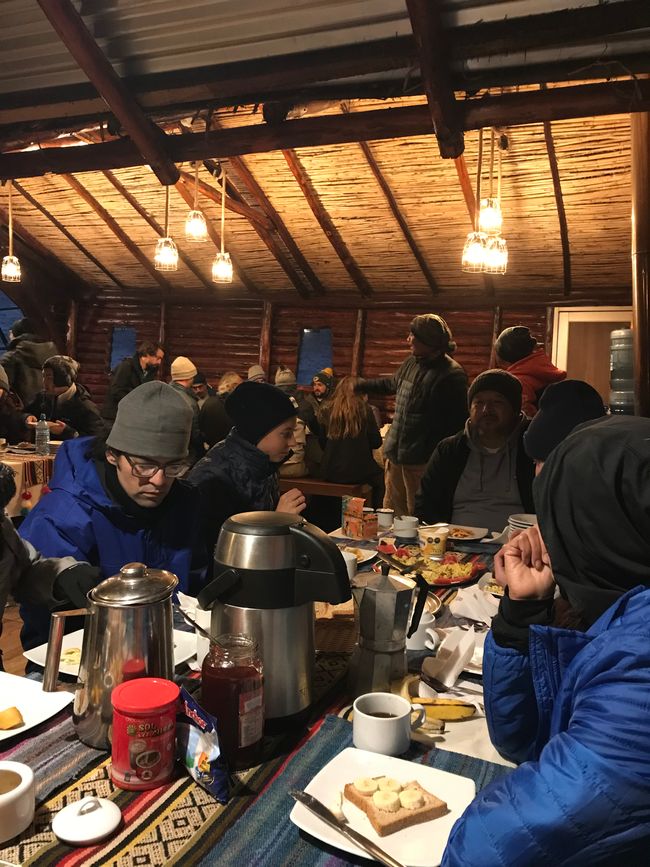

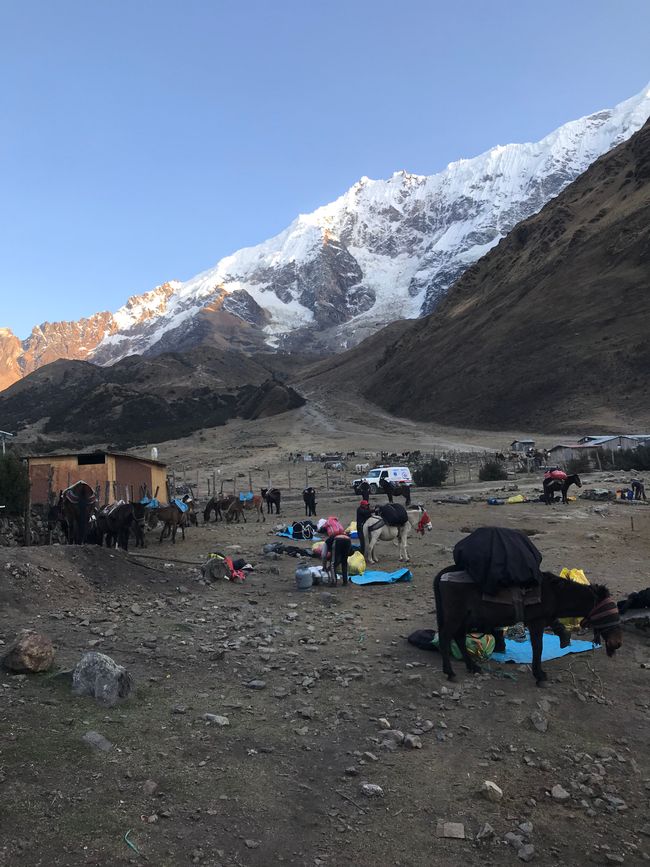
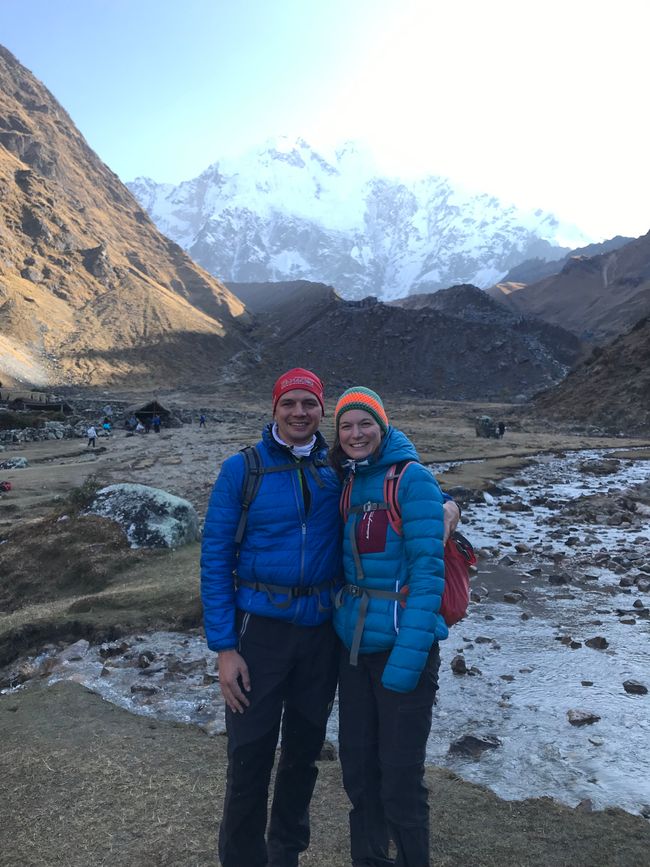
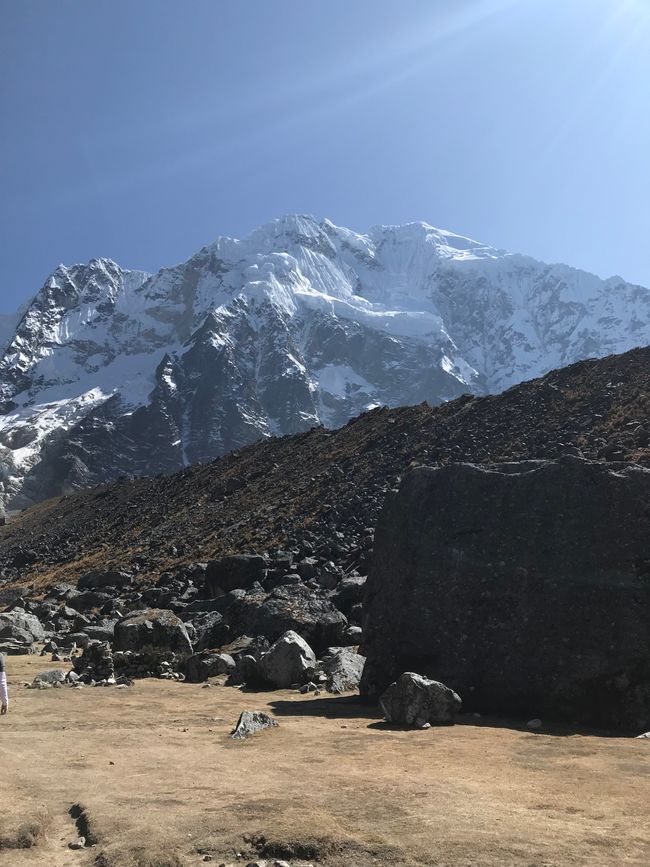

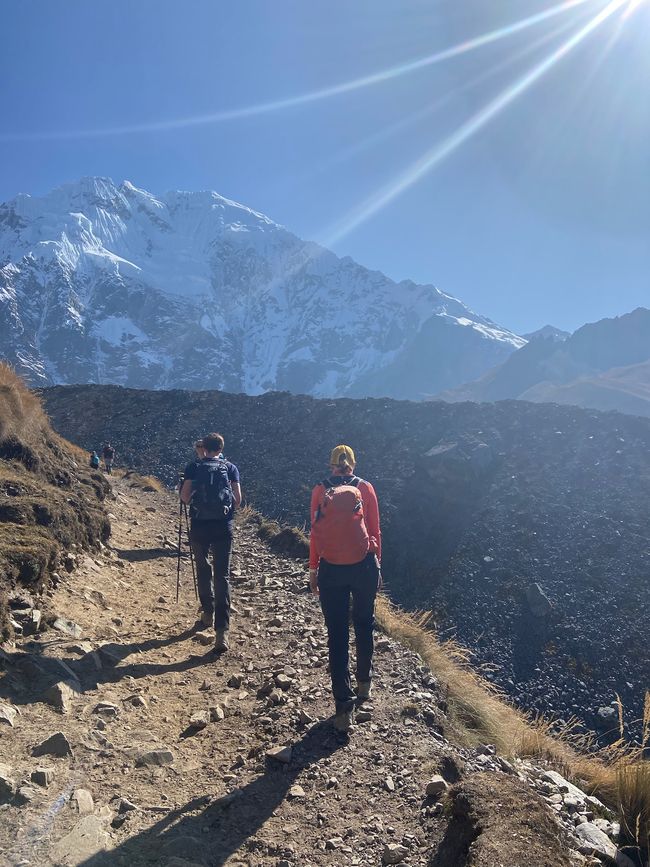
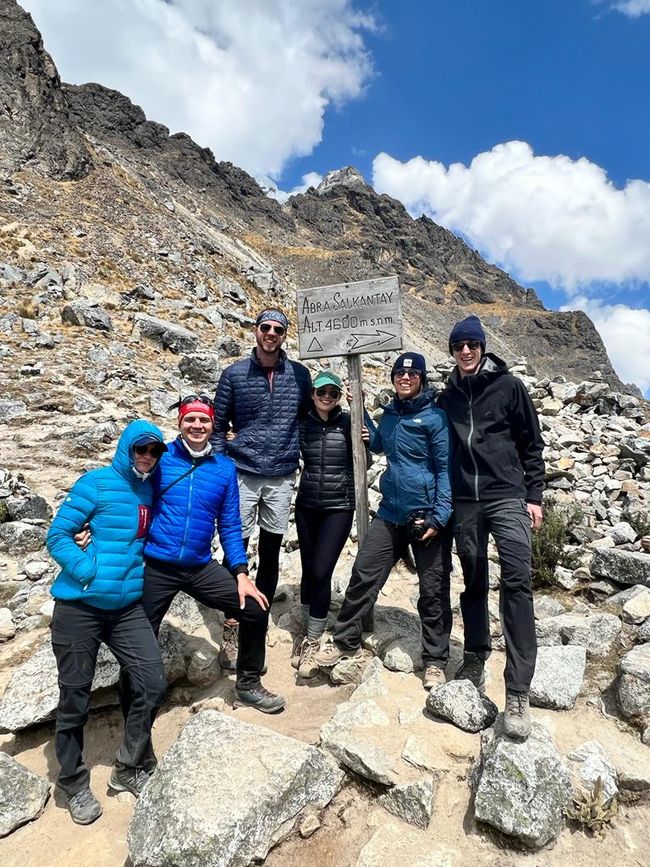
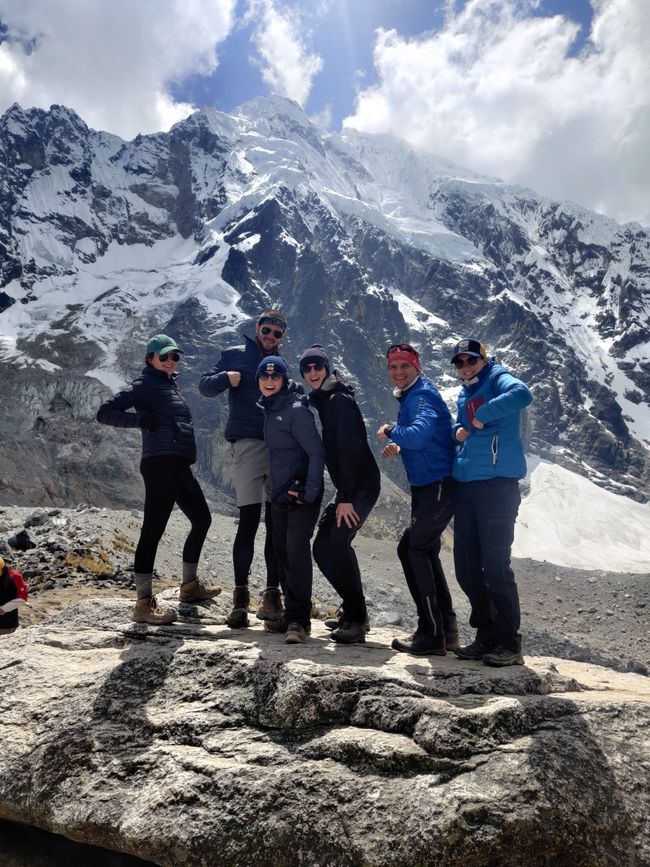
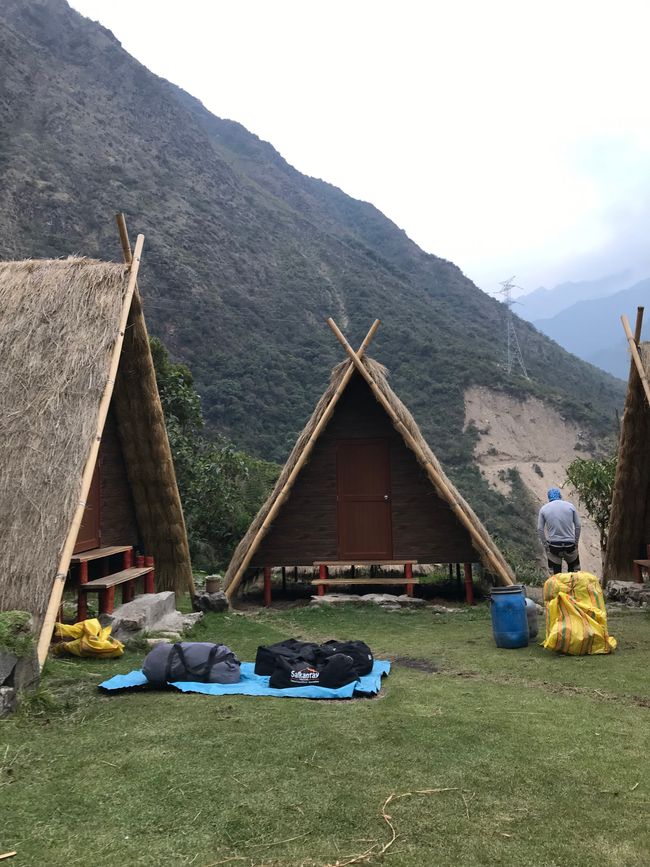
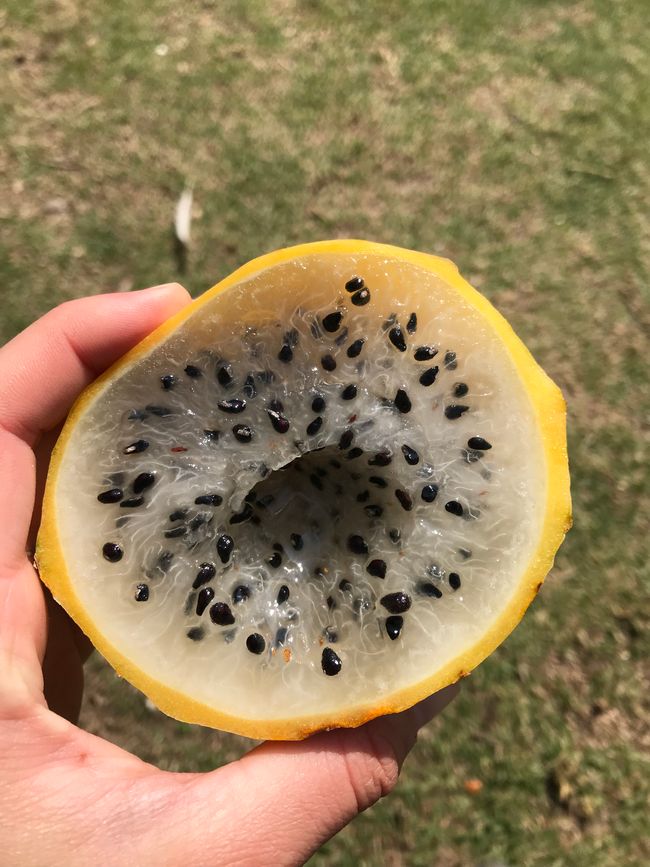
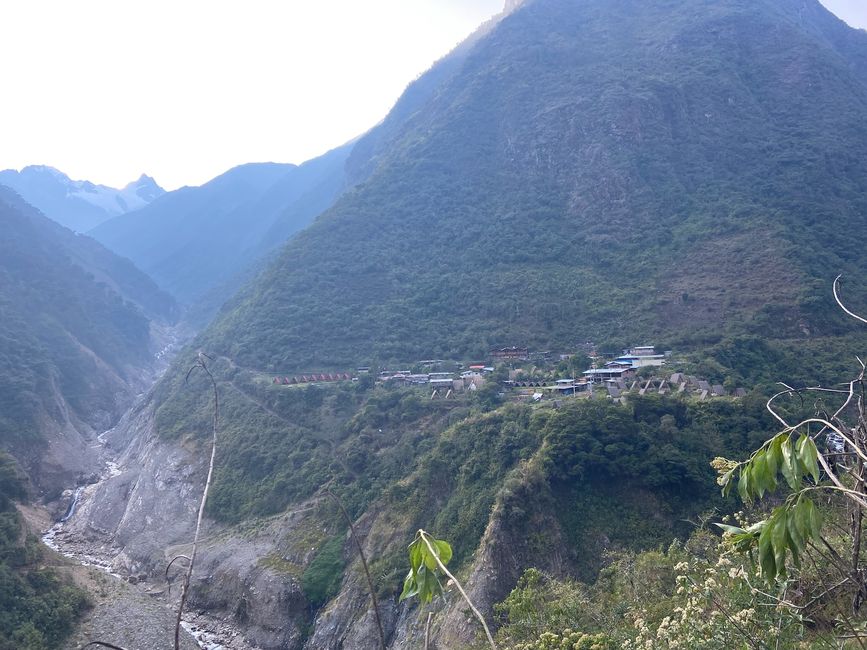
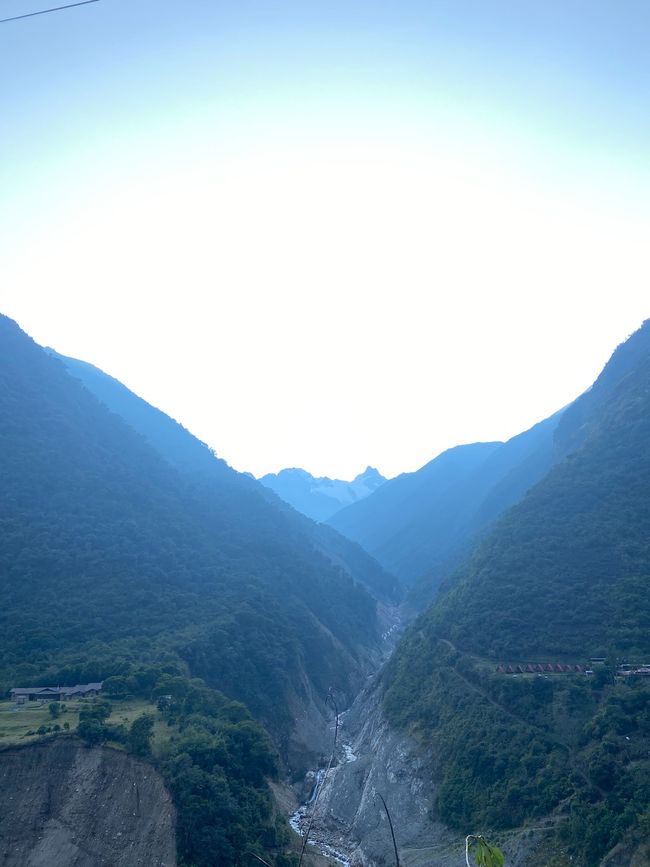
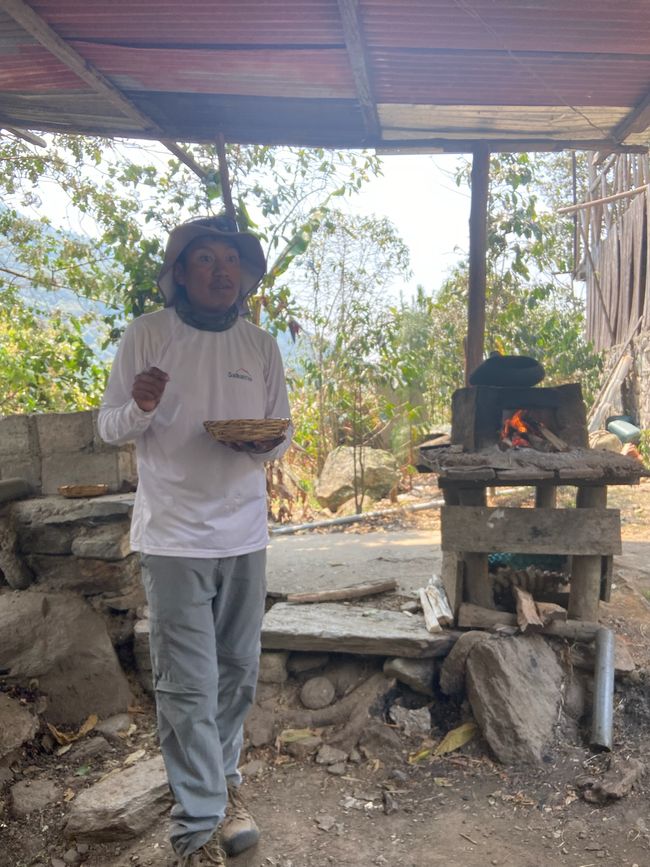
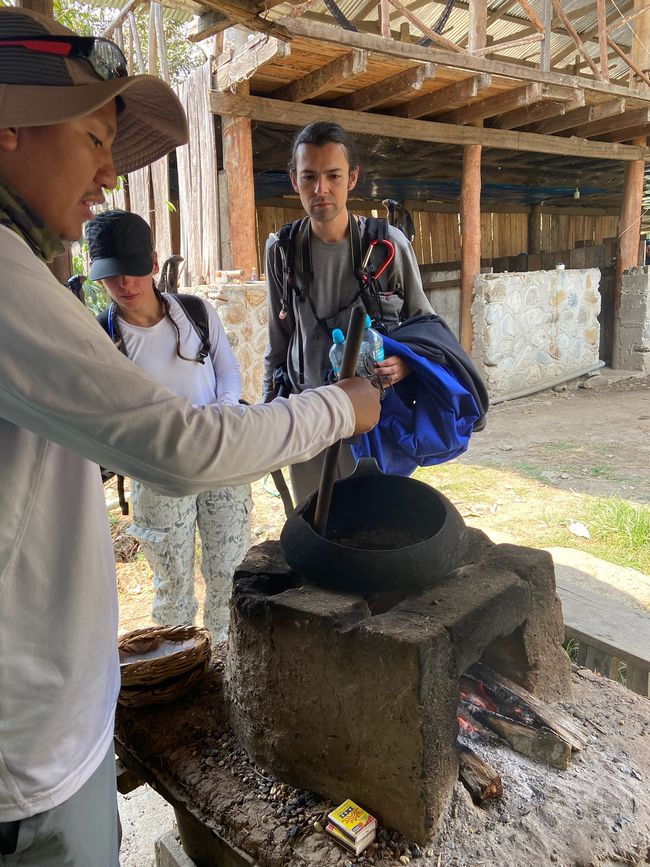
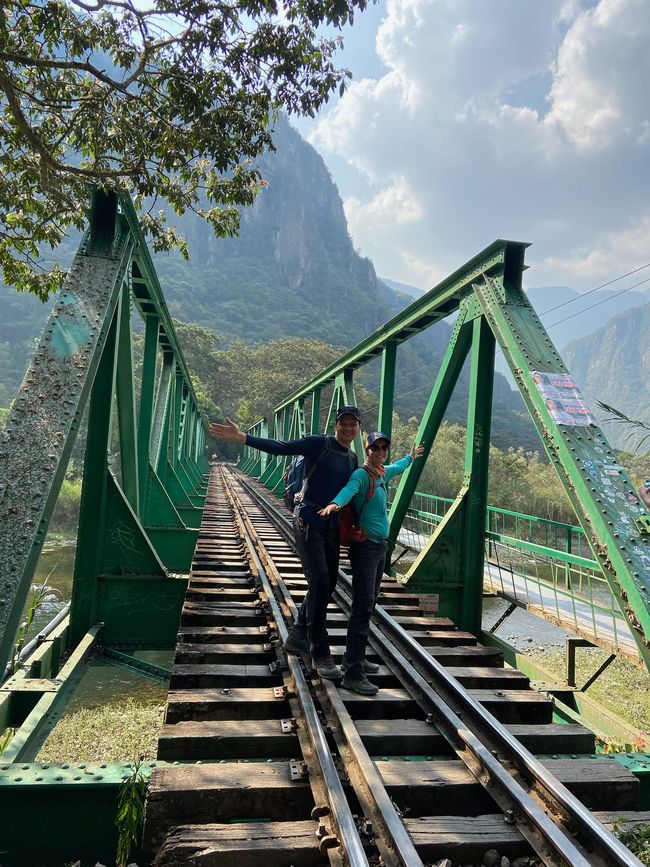
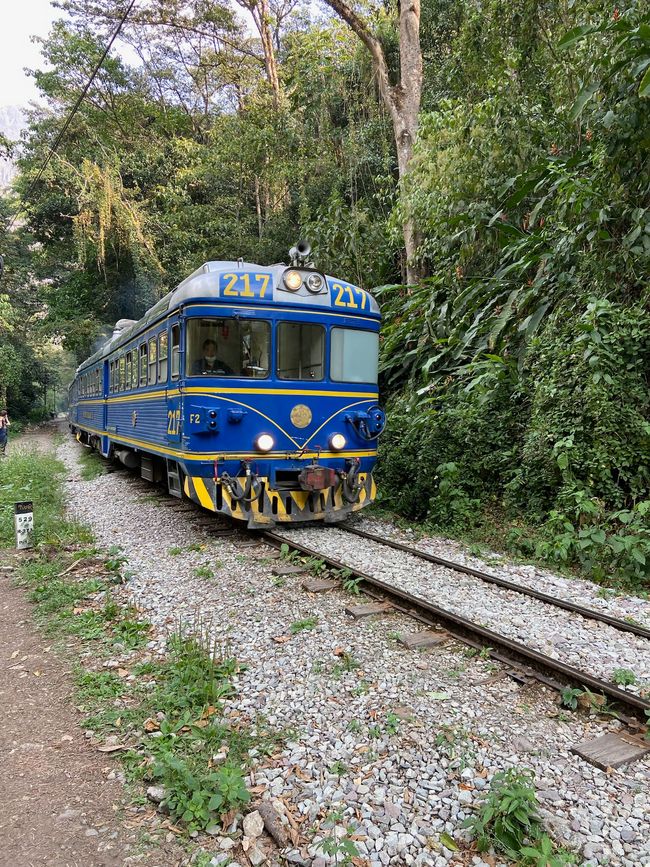
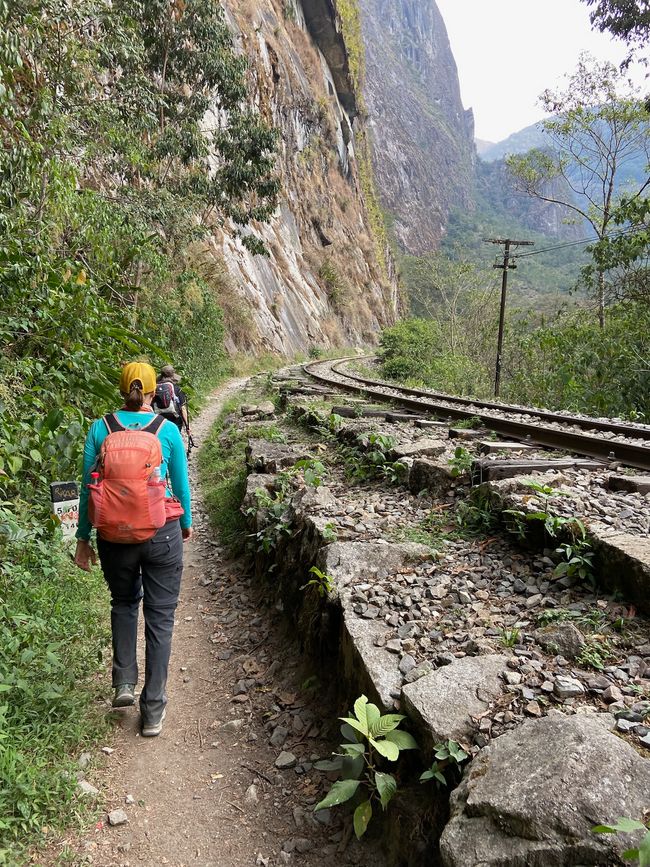
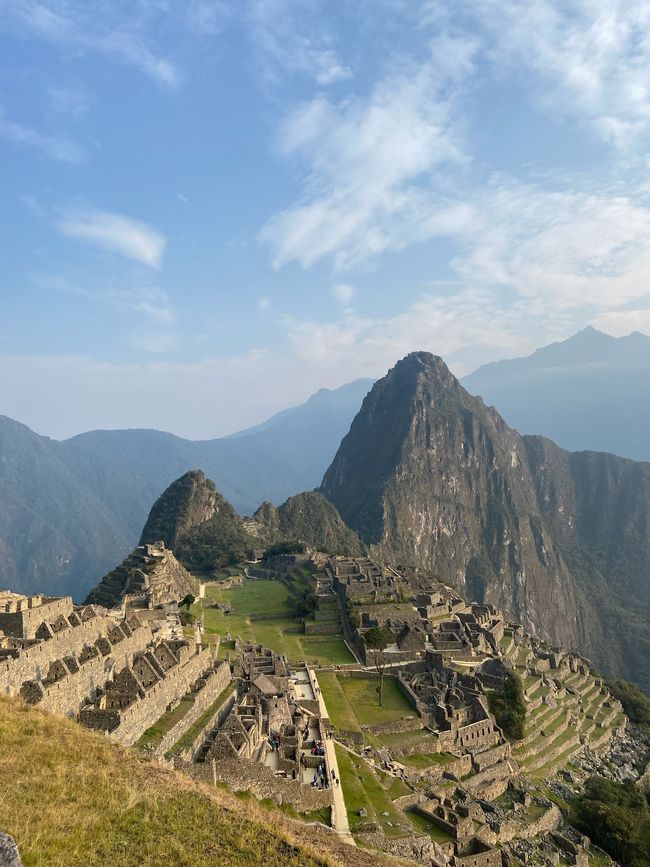
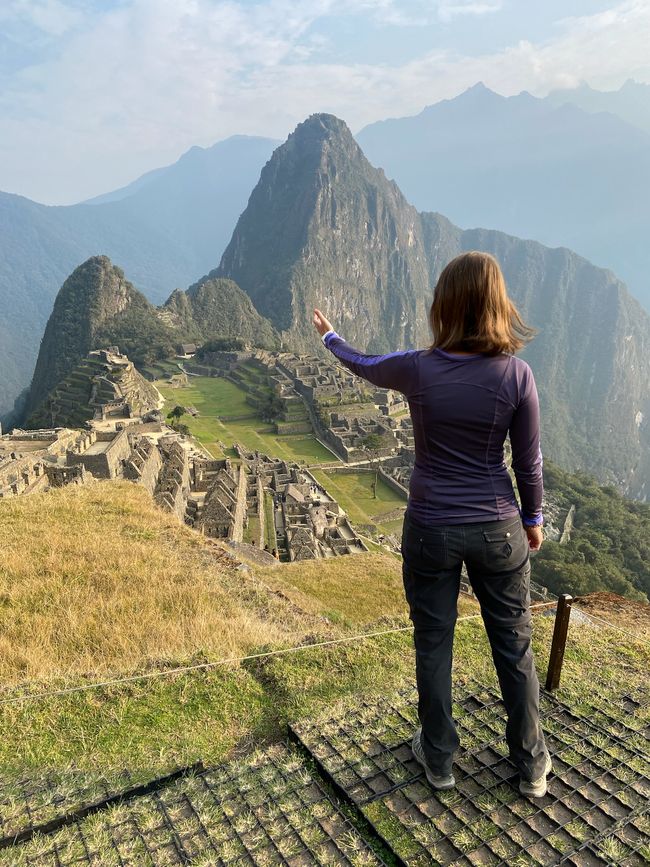
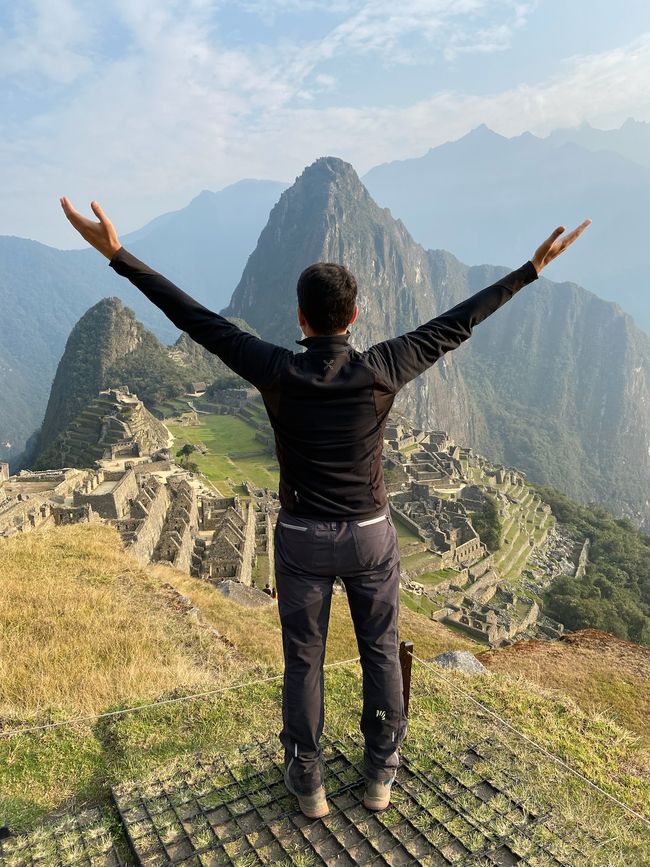
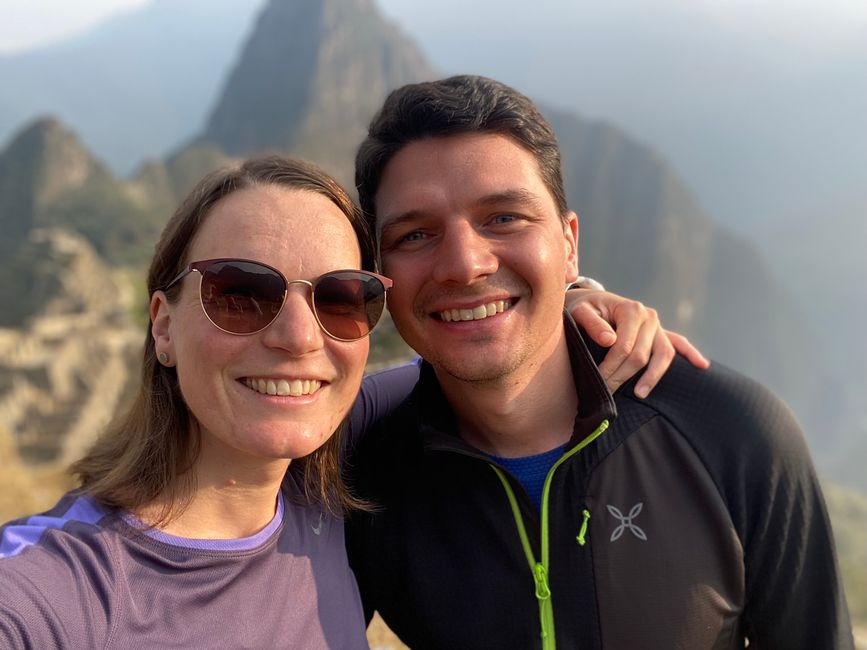
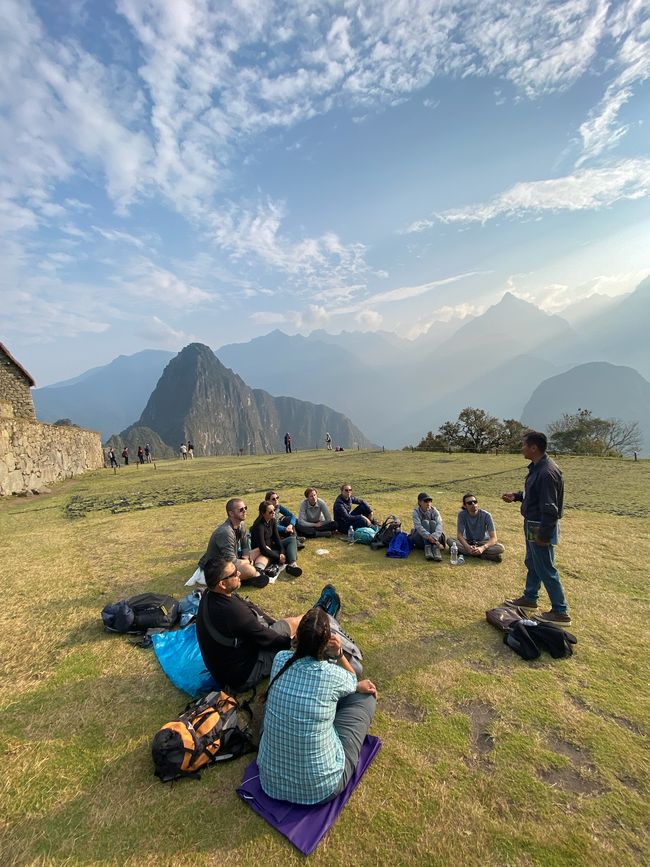
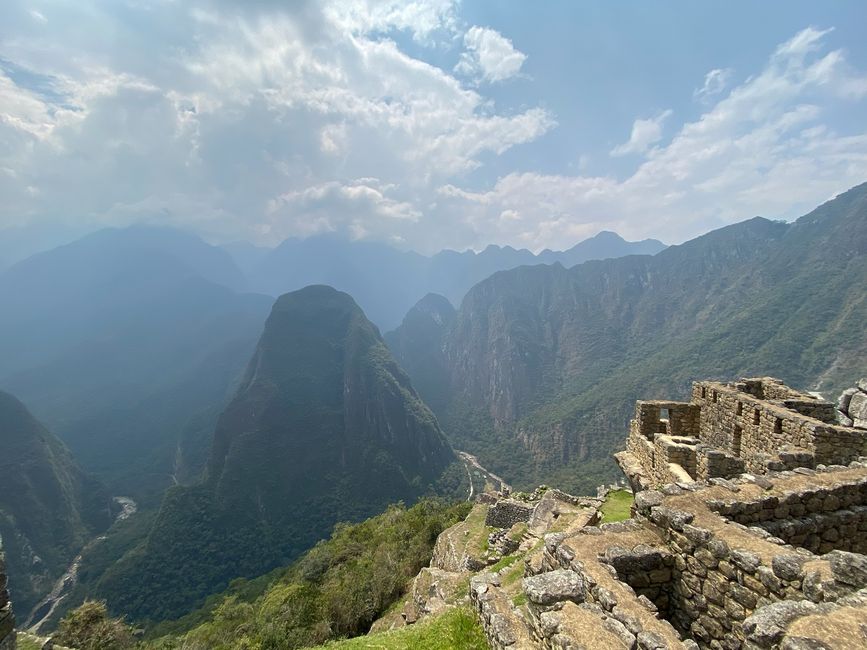
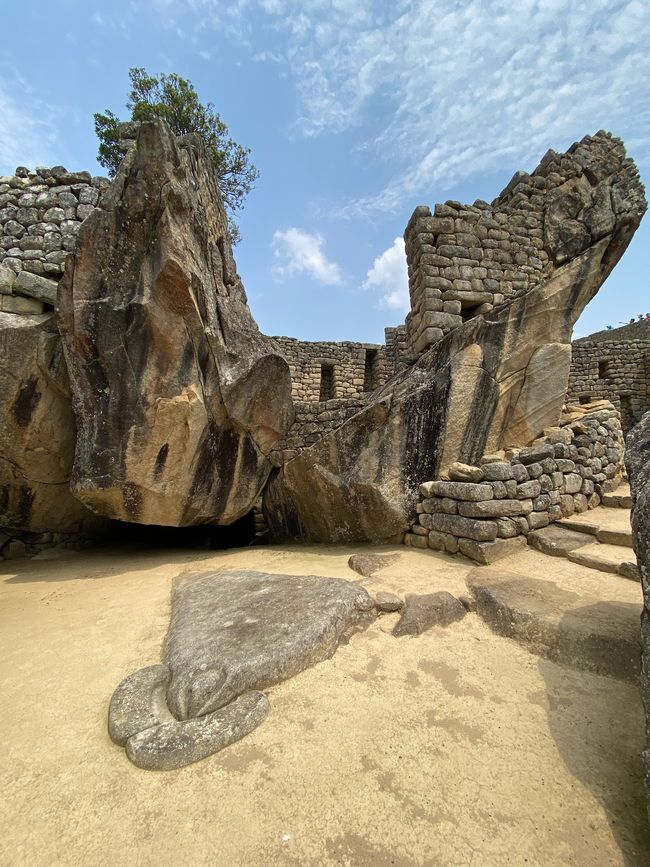
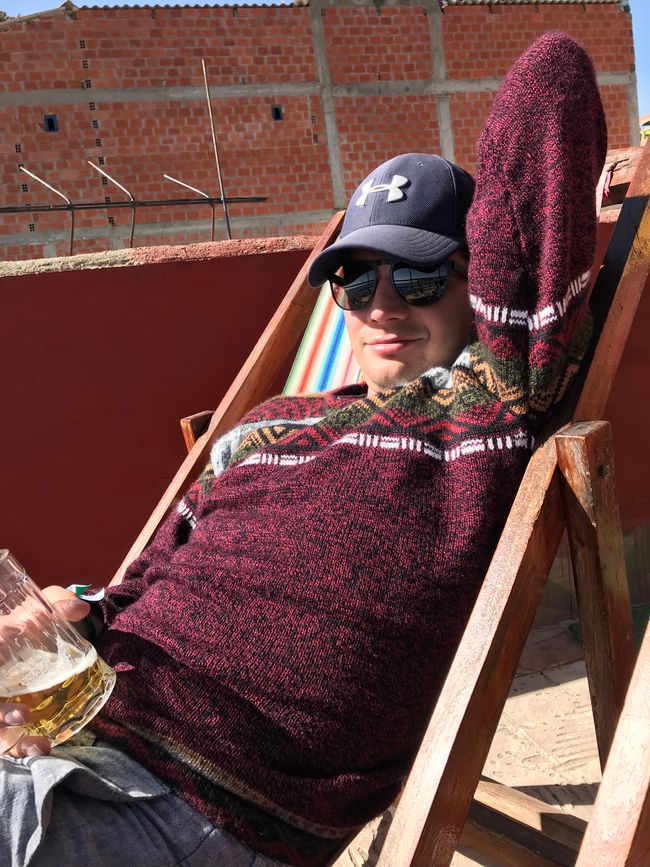
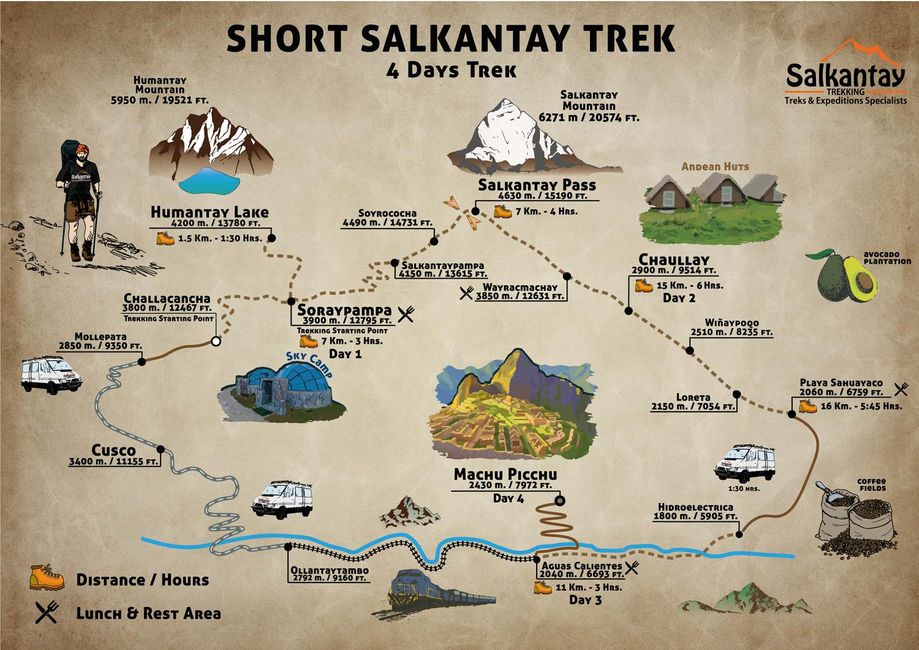
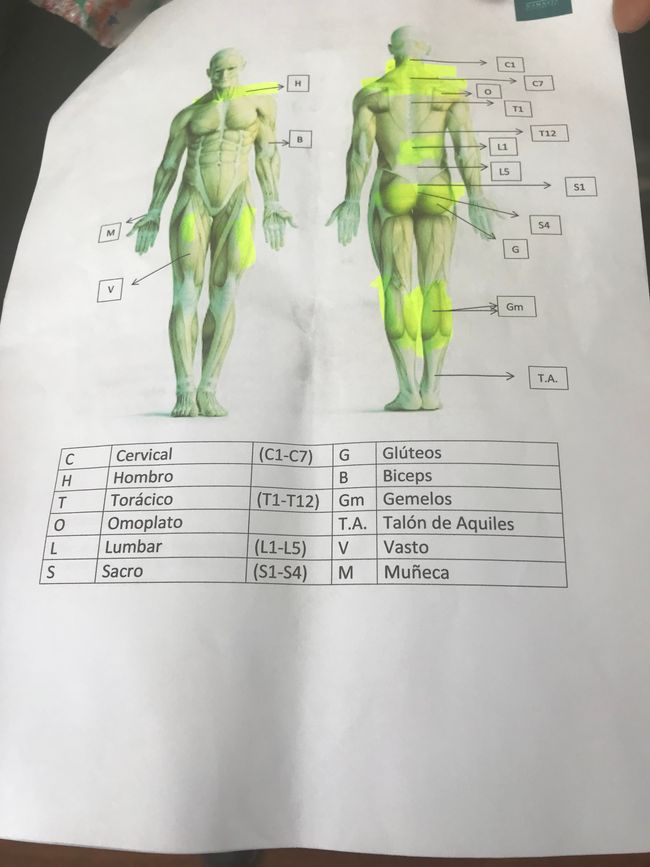
Підписатися на Розсилку
Hello guys and girls!
To prepare ourselves for the four-day hike to Machu Picchu on the Salkantay Trek and acclimate to the altitude, like most other tourists, we stationed ourselves in Cusco, the former capital of the Inca Empire.

This empire stretched from Ecuador to Chile over an area of 950,000 km² until the Spanish conquest in 1533 (or 1572 - the capture and execution of the last Inca). The name "Tawantinsuyu" (Quechua) is composed of "tawa" - four, "inti" - sun, and "suyu" - region - "The Four Regions of the Sun". It is still a mystery how such a huge empire could be conquered by only about 180 Spaniards. Unfortunately, not everything has been preserved, as the Spanish really made a clean sweep here. To be honest, we received different versions from different guides. Here is a brief summary of the version that appears most plausible: Shortly before the Spanish conquest, a terrible civil war raged between two sons of the last Inca who fought for control of the empire. The winner, "Atahualpa," was invited by the Spanish conquistador Francisco Pizarro to a conversation. Filled with arrogance due to his victory over his greatest enemy - considering himself invincible - he was only interested in the horses of the Spaniards, which were much larger and stronger compared to the Inca pack animals (llamas and alpacas). According to legend, he traveled with only a few unarmed soldiers to the meeting with the Spaniards. The language of diplomacy was certainly different on both sides, and so the Spaniards initially captured Atahualpa and eventually killed him. In many parts of the country, Francisco Pizarro was initially welcomed as a savior who promised the inhabitants wealth and freedom. When the Quechua people realized the true intention of the conquistadors, it was too late to do anything against their superior weapons, etc. The spread of smallpox, typhus, and measles certainly played a significant role in the history as well.


Armed with this and much more Inca knowledge and impressions from Cusco, we embarked on our adventure to visit our fourth of the "new seven wonders of the world."
We set off from Cusco at 4:00 am at an altitude of 3,800 meters to the starting point of the trek, Challancancha. After about 2.5 hours, we arrived at the Skycamp at an altitude of 3,900 meters and enjoyed a hearty lunch. (Even 100 meters of altitude have an impact at this height 🤭) The food exceeded all our expectations for this tour, the terrain, and the altitude!



After a short break, we started the actual challenge of the day - the Humantay Lake at an altitude of 4,200 meters. While Matthias was able to acclimatize well with a short nap, Lisa - as expected - felt the effects of the altitude for the first time. Lento pero seguro (slow but steady), we fought our way and were rewarded with a breathtaking panorama.



After a more than - at least in our perception - amateurish measurement of Lisa's oxygen saturation and encouraging words from our guide Jordan, we spent the night back at 3,900 meters under the stars. Incredibly romantic but bitterly cold 😅
The next morning, we set off at 5:30 am to the highest point of the trek - the Salkantay Pass at 4,630 meters. Halfway up the trail, Lisa was once again affected by altitude sickness, and sections like "las siete serpientes" (the seven snakes) and "the gringo killer" exhausted her. The stunning landscape and the knowledge that we would spend the night below 3,000 meters accompanied every step and ultimately made the ascent possible without the "local Uber" (that's what they call the horse/mule taxi here).







After enjoying a warm cup of coca tea, we descended for another 6 hours and 1,700 meters to our second campsite. Compared to the ascent, it was child's play 😜 Upon arriving at the camp, we were greeted with Andean Huts, even a hot shower, and a wonderful dinner - although it's probably worth noting that after 10 hours, 700 meters up and 1,700 meters down at this altitude, practically everything tastes delicious 🤭😂

On day three, we hiked for three hours on the "Inka flat" (= 10 minutes uphill, 10 minutes downhill, 10 minutes flat, repeat) through the jungle, passing avocado, passion fruit, orange trees, etc., accompanied by the buzzing of mosquitoes, to a small coffee plantation.





The last part then took us nearly 11km along the train tracks to the starting point "Aguas Calientes" of our final destination - Machu Picchu.



And finally, on the fourth day, exhausted and with absolutely no fresh clothes left, we made it. In front of us: Machu Picchu...




The Inca/Quechua people transported the incredibly large stones to this mountain and used the "old mountain" for various purposes. There are many stories about this, but few concrete proofs. One thing is for sure, combined with the mountain scenery, it is breathtakingly beautiful, mystical, and suddenly you feel very small in this world. Our guide Jordan brought this place to life again with his stories, dates, and facts.

The ruins of the city with its more than 200 stone buildings were discovered by chance in 1911 by an expedition of Yale University led by Hiram Bingham. Machu Picchu gained fame when the National Geographic Society dedicated its entire April 1913 issue to this city.

And yes, it is very touristy, and on average, 3,000 people visit this wonder every day. Nevertheless, in our opinion, it is definitely worth a visit for early birds with a good guide!
So, guys and girls, we are now at Lake Titicaca and taking some time to relax at Copacabana in Bolivia. However, our adventure is not yet over - so stay tuned and awesome 😜

Many kisses
Lisa & Matthias
PS: Below you can see the diagnosis of Lisa's masseuse in Cusco after the trek. Guess what the yellow marked areas mean 😅🙈
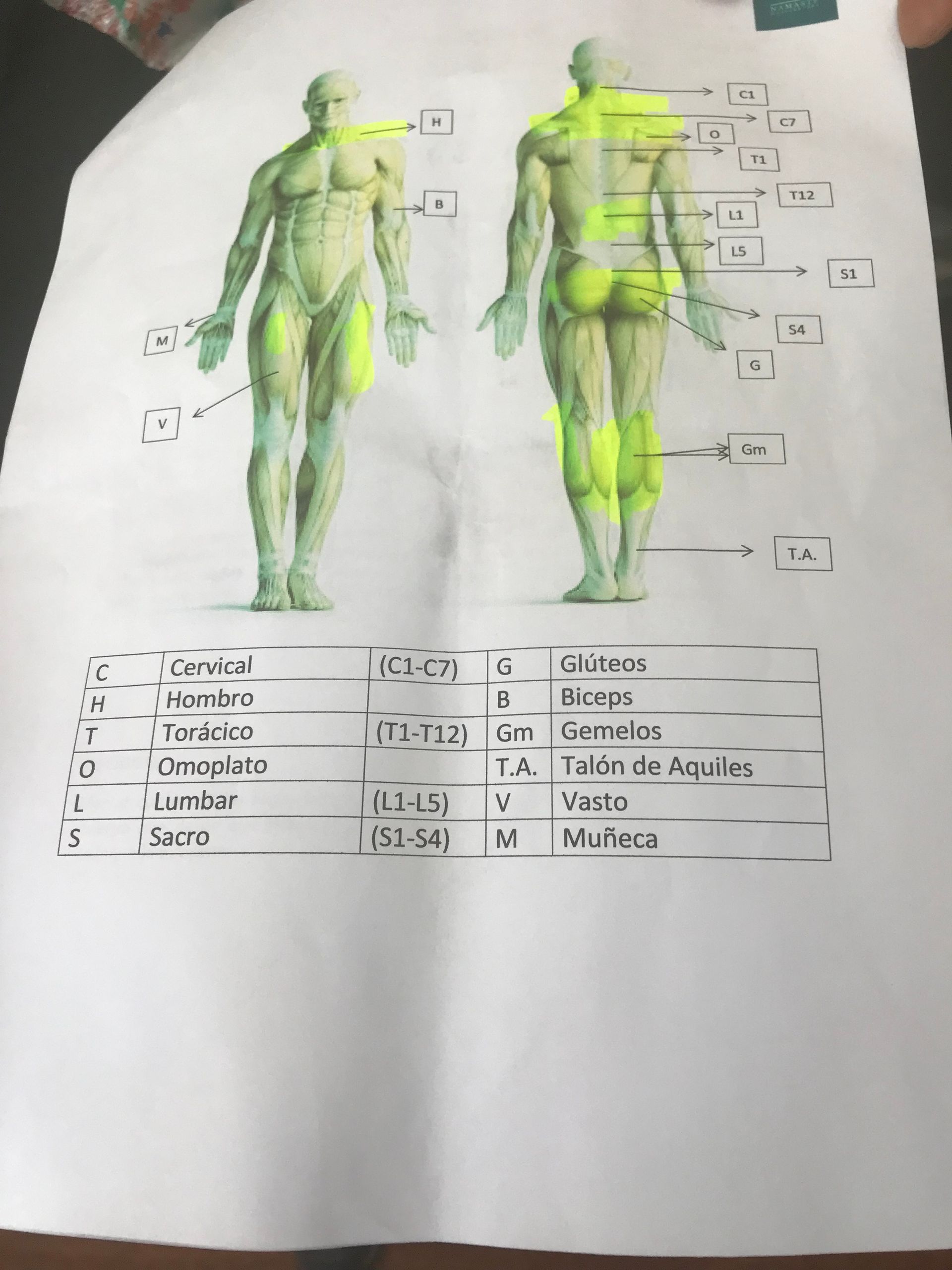
Підписатися на Розсилку
Відповідь

Звіти про подорожі Перу
